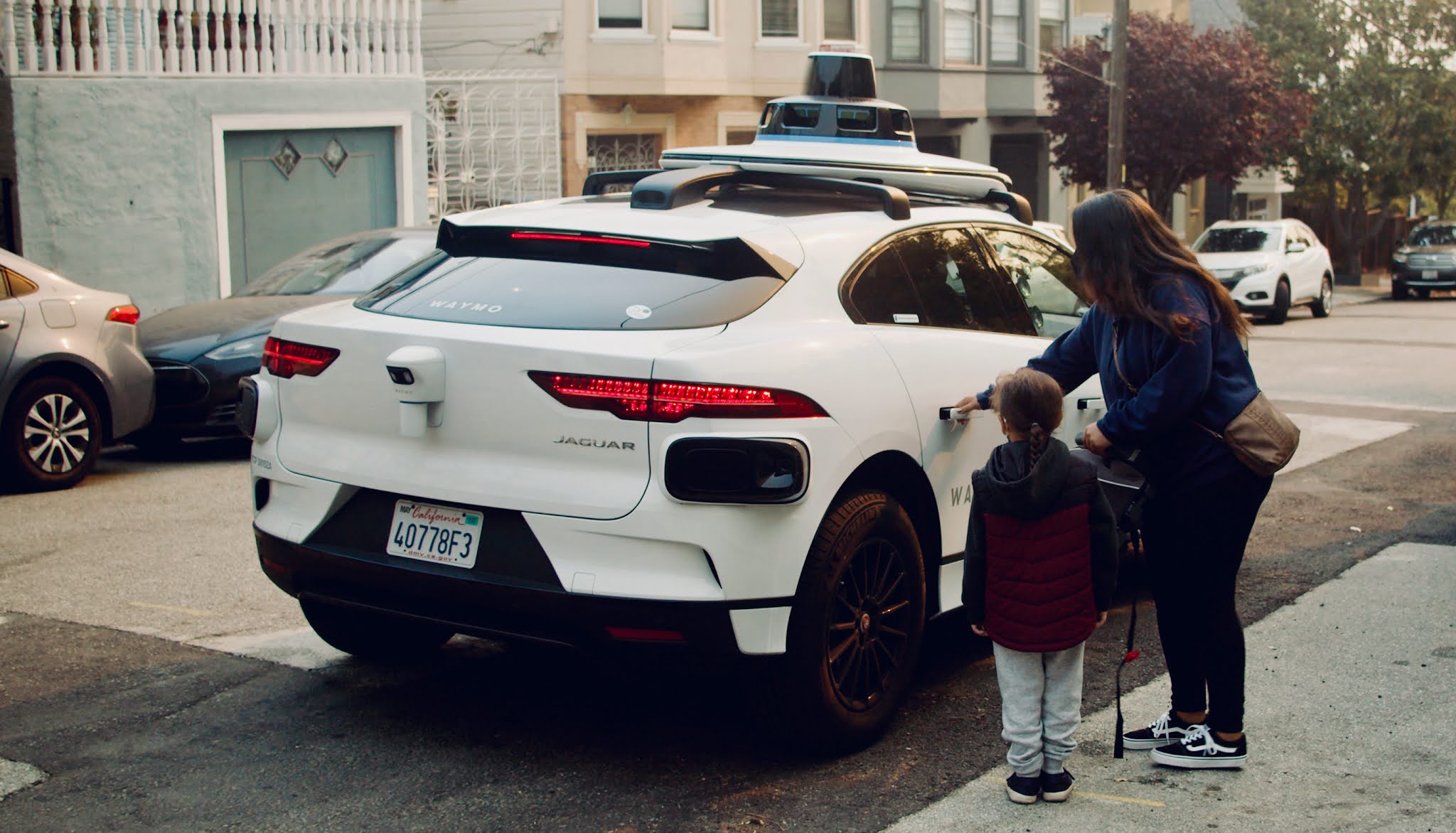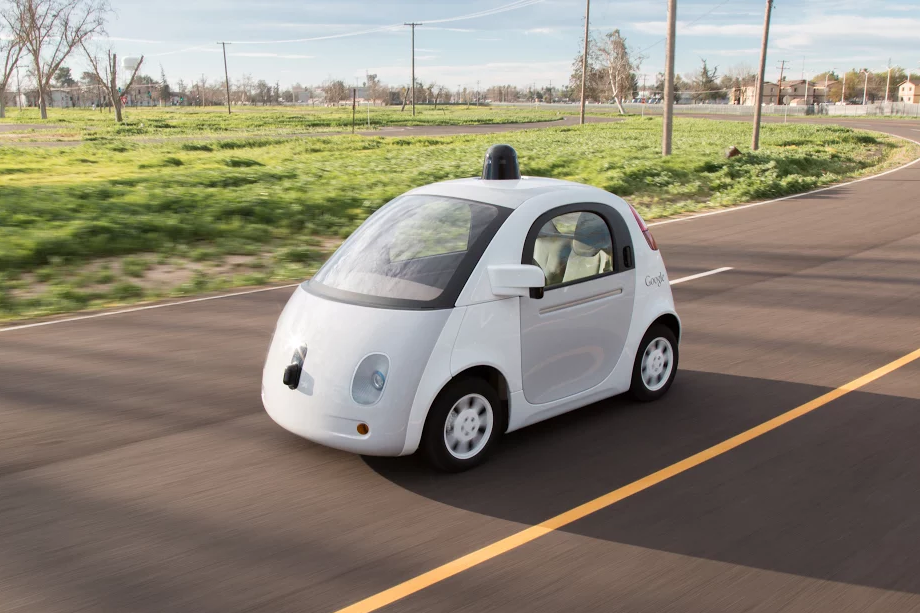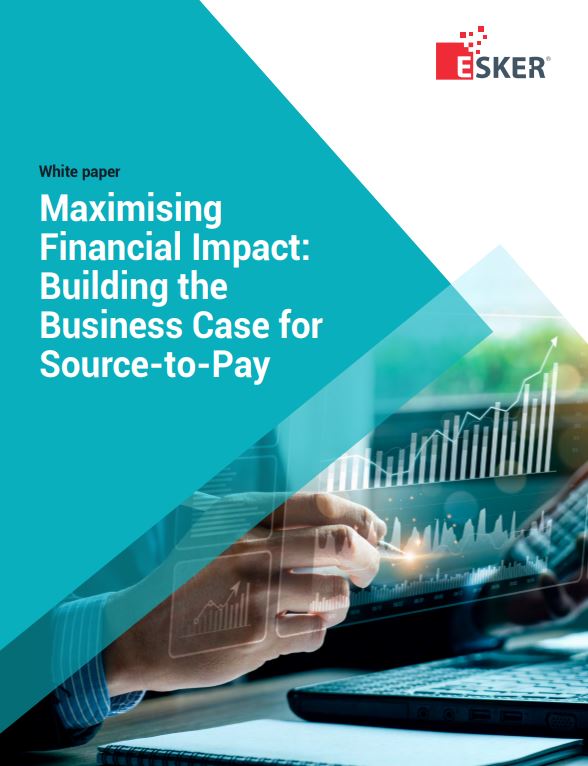Alphabet-owned Waymo has revealed how many rides it is now offering with its robotaxi service, after citing “incredible demand” earlier this month.
A LinkedIn post this week from co-CEO Tekedra Mawakana revealed that Waymo is now providing more than 100,000 paid robotaxi rides per week in the United States. This is double the 50,000 weekly paid trips the firm had reported in May.
Earlier this month Waymo had said it would expand its Waymo One service in in both Los Angeles and San Francisco, citing customer demand as the reason.
Waymo One expansion
The firm also stated in early August that its autonomous ride-hailing service (Waymo One) is being expanded in the San Francisco Bay Area and Los Angeles County.
Waymo made a significant advancement in June 2024 when it opened the Waymo One service to all residents of San Francisco, after similar move in Phoenix in 2020.

Just prior to that, Alphabet had announced it would invest $5 billion in Waymo over a multi-year period, as the company looks to bolster its self-driving unit’s expansion plans.
Waymo One is currently the only commercial robotaxi service operating in the United States, and the firm has approximately 700 vehicles.
Rivals such as GM’s Cruise have experienced setbacks that took its driverless vehicles off the road for a time. Companies such as Uber and Lyft have dropped their robotaxi development activities.
Elon Musk has promised for years to offer a robotaxi service, but has yet to produce a vehicle capable of serving as a robotaxi. That said, Tesla plans to unveil its CyberCab, or dedicated robotaxi in October this year.
San Francisco
Now this week a spokesperson for Waymo told CNBC that San Francisco now “serves the most trips” among the cities where Waymo operates its commercial service (namely San Francisco, Phoenix, Austin and Los Angeles).
On Monday, Waymo had announced details about its new, “generation 6” self-driving system, which should enable the firm to offer driverless services in a wider array of weather conditions, with fewer costly cameras and sensors in its vehicles.
Google had begun developing self-driving technology back in 2009, and after almost two years of road testing with seven vehicles, officially revealed the project to the world in October 2010.

In 2016 Alphabet spun out the operation and created Waymo, signalling that the company was ready to forge a commercial roadmap with its autonomous car technology.
Waymo first launched its ride-hailing service in 2017 in Phoenix, and in 2020 introduced fully autonomous public rides, serving hundreds of rides weekly.
![]()
In May 2021 a Waymo self-driving taxi operating in Phoenix caused problems after it got confused when it encountered a coned-off road.
The firm expanded to San Francisco in August 2021 and in March 2022, Waymo started offering driverless rides to its staff in San Francisco.





